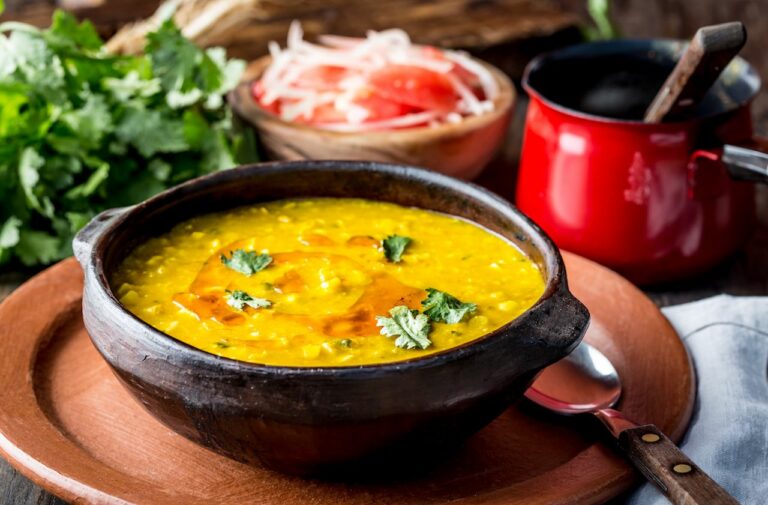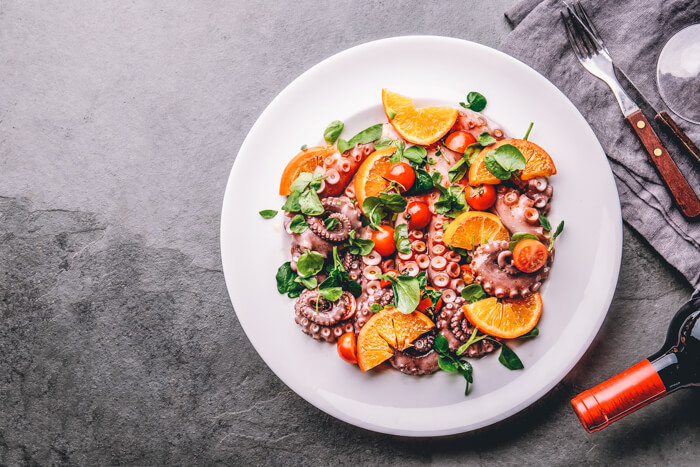Introduction: Exploring the Diversity of Chilean Cuisine
Chilean cuisine is a reflection of the country’s diverse geography and cultural influences. Located in South America, Chile stretches over 4,300 kilometers from north to south, with the Andes Mountains to the east and the Pacific Ocean to the west. Chilean cuisine is known for its use of fresh ingredients, including seafood, meat, fruits, and vegetables. The country’s culinary traditions are influenced by Spanish, Indigenous, and German cultures, among others. In this article, we will explore the regional variations in Chilean cuisine and the unique dishes that each region has to offer.
The North: Flavors of the Atacama Desert
The Atacama Desert in northern Chile is known for its arid climate, unique geography, and ancient Indigenous cultures. The cuisine in this region is influenced by these factors, with a focus on using ingredients that can withstand the harsh desert environment. Some of the key ingredients in northern Chilean cuisine include quinoa, corn, potatoes, and native fruits such as chañar and copao. One of the most popular dishes in the region is the chairo, a hearty soup made with beef, potatoes, and corn. Another traditional dish is the humitas, a type of tamale made with ground corn and spices, often served with aji (a spicy pepper sauce). The north is also known for its seafood, particularly the chupe de jaiba, a creamy crab stew.
Despite being a desert region, the north is also home to some vineyards, and the region produces some of Chile’s most unique wines, including Pisco, a grape brandy that is the national drink of Chile and Peru. The region is also famous for its street food, including the traditional empanadas, which are filled with meat, cheese, or seafood, and cooked in a clay oven. The north is a food lover’s paradise, with a fusion of Indigenous and Spanish influences that come together to create a unique culinary experience.










